Mini Monstera | Rhaphidophora Tetrasperma Plant Care Guide

The Rhaphidophora Tetrasperma is a very easy and forgiving tropical plant to have in your collection. Although it is also called a “mini Monstera plant” it is not a Monstera. The Tetrasperma is part of the Araceae family just like the Monstera but the Monstera is not in the Rhaphidophora genus. I like to treat it like it’s a Monstera when it comes to care. So let’s learn about mini Monstera plant care!
These Indoor plants are known for their distinctive leaves with heart-shaped perforations. It is a relatively low-maintenance plant that can thrive with proper care.

This post may contain affiliate links. If you make a purchase I may receive a small commission at no extra costs to you.
Here are some of the key characteristics of the Mini Monstera Plant:
Appearance:
- Leaves: The leaves of the Mini Monstera are heart-shaped or oblong-shaped with distinct fenestrated leaves or holes, that increase in number as the plant matures. The leaves are typically dark green and glossy, with a leathery texture.
- Stems: The Mini Monstera has long, vining stems that can grow up to 6 feet long. The stems are typically green or brown, and they may have aerial roots that help the plant climb.
- Growth habit: The Mini Monstera is a climbing plant that naturally grows up trees or other structures. It can also be grown as a hanging plant or trained to climb a trellis.
- Flowers: The Mini Monstera produces small, white flowers that are typically not showy.
How to grow a Rhaphidophora Tetrasperma Plant
To grow a Rhaphidophora Tetrasperma you need proper lighting, soil, pot, and watering schedule.
- Light
- Soil
- Water
- Pot
Light
Mini Monsteras thrive in bright, indirect light. They prefer filtered sunlight or dappled shade, as direct sunlight can scorch their leaves. A good rule of thumb is to place your Mini Monstera near an east-facing window, where it can receive ample sunlight without being exposed to direct rays.
Here are some additional tips for providing optimal lighting for your Mini Monstera:
- Avoid placing your plant in direct sunlight, especially during the hottest part of the day.
- If your home’s light is naturally dim, consider supplementing with a grow light.
- Rotate your plant regularly to ensure that all sides receive even light distribution.
- Keep an eye on your plant’s leaves for any signs of stress, such as browning or scorching, and adjust its position accordingly.
Soil
Rhaphidophora plants s do well in a moisture-retentive chunky soil mixture. You can make one by using coir, pearlite, and orchid bark. This will allow the soil to hold moisture but not for too long and bark to give the roots something to cling to while adding drainage along with the pearlite.
If you prefer not to buy all of these separate items for a mix. You can use prepared bagged soil and add orchid bark. The best mix for a mini Monstera is a well-draining soil mix, a nutrient-rich potting mix that is slightly acidic.
With proper care, your mini Monstera will thrive in its new home.
Water
This plant is so forgiving if you happen to forget to water. It can take a while before it shows signs of dehydration. If you are seeing signs of dehydration such as wilting, dying foliage, or leaf spots you have waited too long to water. Give this plant a full drink of water when the top few inches of soil are dry. Depending on your pot size and type you may need to water sooner or later if it’s a pot that holds moisture. Rhaps that are in plastic or ceramic get watered every two to three weeks. My Rhaps that are in terra cotta are watered every week to a week and a half.
Mini Monsteras (Rhaphidophora Tetrasperma) are relatively low-maintenance houseplants that prefer moist but not soggy soil.
Watering Technique:
- Use room temperature water to avoid shocking the plant’s roots with cold water.
- Water the plant thoroughly until water runs out of the drainage holes. This ensures that the soil is evenly moistened.
- Allow excess water to drain completely. Avoid leaving the plant sitting in water, as this can lead to root rot.
- If you notice any signs of overwatering, such as yellowing or drooping leaves, reduce watering frequency and allow the soil to dry out more between watering’s.
- If you notice any signs of underwatering, such as brown or crispy leaves, increase watering frequency and check the soil moisture regularly.
Best Pots for the Rhaphidophora Tetrasperma
You can grow the Rhaphidophora in just about any type of pot. Remember your pot must have a drainage hole to properly grow any plant. If you are growing your plant in ceramic or plastic adjust your soil mix to have more drainage by adding more orchid bark or pearlite because those types of materials help to hold in moisture. If you are growing in terracotta your soil mix will dry a lot faster so make your soil mix more moisture retentive.
The Rhaphidophora Tetrasperma is a fun houseplant to have in your collection. It’s one of the more easy plants to grow indoors and if you take good care of it, it’ll reward you with gorgeous new foliage.
The best type of pot for a mini Monstera is a pot made from a breathable material, such as glazed ceramic, terra cotta, or plastic.
Here’s a breakdown of each material and its pros and cons:
Glazed Ceramic Pots:
Pros:
- Aesthetically pleasing: Glazed ceramic pots come in a wide variety of colors, shapes, and sizes, allowing you to choose one that complements your home décor.
- Durable and long-lasting: Glazed ceramic pots are relatively durable and can withstand regular watering and handling.
- Retain moisture: The glaze helps to retain moisture in the soil, reducing the frequency of watering.
Cons:
- Heavier: Glazed ceramic pots can be heavier than other types of pots, making them more prone to tipping over if placed in high-traffic areas.
- Not as breathable: The glaze can make the pot less breathable, which can lead to root rot if the soil is kept too moist.
Terra Cotta Pots:
Pros:
- Breathable: Terra cotta pots are very breathable, allowing excess moisture to escape from the soil, and reducing the risk of root rot.
- Lightweight: Terra cotta pots are lightweight and easy to handle.
- Affordable: Terra cotta pots are relatively inexpensive and readily available.
Cons:
- Aesthetically simple: Terra cotta pots have a natural, unglazed appearance that may not suit all décors.
- Susceptible to cracking: Terra cotta pots can crack or chip if they are dropped or exposed to extreme temperature changes.
Plastic Pots:
Pros:
- Lightweight and durable: Plastic pots are lightweight and durable, making them easy to move around and less prone to damage.
- Inexpensive: Plastic pots are generally the most affordable option.
- Come with drainage holes: Most plastic pots come with drainage holes, which helps prevent waterlogging.
Cons:
- Not as breathable: Plastic pots can be less breathable than terra cotta or glazed ceramic pots, making them more prone to root rot if overwatered.
- Aesthetically simple: Plastic pots typically have a plain appearance, which may not suit all décors.
Regardless of the material you choose, make sure the pot has drainage holes to allow excess water to escape and prevent waterlogging. The pot should also be slightly larger than the root ball of the plant to allow for root growth. As the plant matures, you may need to repot it into a larger pot.

What are aerial roots and why your plant will grow some
Rhaphidophora aerial roots, also known as adventitious roots, serve several important functions for the plant:
- Support and Stability: Monsteras are climbing plants that naturally grow in tropical forests, attaching themselves to trees and other structures for support. Aerial roots play a crucial role in providing this support, allowing the plant to anchor itself to its surroundings and climb upwards, reaching for sunlight in the dense rainforest canopy.
- Nutrient and Moisture Absorption: Aerial roots can also absorb nutrients and moisture from the air and surrounding surfaces, supplementing the nutrients and water obtained from the underground roots. This is particularly beneficial in humid environments where moisture is readily available from the air.
- Exploration and Anchoring: As the plant grows and the aerial roots extend, they act as explorers, reaching out to find suitable surfaces to attach to. Once they find a suitable surface, they can anchor the plant, providing additional stability and support.
- Propagation: Aerial roots can also play a role in propagation, as they contain nodes, which are points where new leaves and roots can develop. If an aerial root comes into contact with moist soil or another suitable medium, it can form new roots, allowing the plant to spread and propagate.
Common Problems of the Mini Monstera
Despite being relatively low-maintenance, Mini Monsteras can still experience some common problems. Here are some of the most frequently encountered issues and how to address them:
- Yellow leaves: Yellowing leaves can be caused by several factors, including overwatering, underwatering, nutrient deficiency, or pests. Overwatering is a common culprit, as it can lead to root rot, which damages the roots and prevents them from absorbing nutrients. Underwatering can also cause leaves to turn yellow, as the plant doesn’t have enough water to support its growth. Nutrient deficiency, particularly a lack of nitrogen, can also lead to yellowing leaves. Pests, such as spider mites and Thrips, can also cause leaf yellowing.
- Brown or crispy leaves: Brown or crispy leaves are usually caused by low humidity or dry air. Mini Monsteras prefer moderate humidity levels, and if the air is too dry, the leaves will lose moisture and become crispy. This can be especially common during winter when the air is naturally drier.
- Pests and diseases: While Mini Monsteras are generally pest-resistant, they can still be affected by common houseplant pests, such as spider mites, Thrips, and mealybugs. Spider mites are tiny insects that spin webs on the undersides of leaves. Thrips are tiny insects that suck the juices out of leaves, causing them to become distorted and discolored. Mealybugs are small, white insects that produce a sticky substance. If you notice any signs of pests, such as webs, insects, or sticky residue, treat the plant with insecticidal soap or horticultural oil. Mini Monsteras can also be susceptible to fungal diseases, such as leaf spots and root rot. Leaf spot is characterized by brown or black spots on the leaves. Root rot is caused by overwatering and can lead to wilting, yellowing, and eventually death of the plant.
- Leggy or sparse growth: Leggy or sparse growth can be caused by several factors, including insufficient light, overwatering, or nutrient deficiency. Insufficient light can cause the plant to stretch and become leggy in its search for more light. Overwatering can also lead to leggy growth, as it can damage the roots and prevent them from absorbing nutrients. Nutrient deficiency, particularly a lack of nitrogen, can also lead to leggy growth.
- Not producing fenestrations: Fenestrations, or holes in the leaves, are a distinctive feature of Mini Monsteras. However, young plants may not produce fenestrations until they mature. To encourage fenestrations, provide your Mini Monstera with bright, indirect light and adequate nutrients.
As you can see Mini Monstera Plant Care isn’t without it’s issues. Pests and disease can affect any plant at any time and you may not know where it comes from.
Here are some common pests that can affect mini monsteras:
Spider mites:
Spider mites are tiny, eight-legged creatures that are barely visible to the naked eye. They feed on the sap of leaves, causing them to turn yellow and drop off. Spider mites can also spin webs on the undersides of leaves.
Mealybugs:
Mealybugs are small, white insects that are covered in a fluffy white wax. They feed on the sap of leaves, causing them to become sticky and distorted. Mealybugs can also produce a honeydew substance that can attract ants.
Scale insects:
Scale insects are small, armored insects that attach themselves to stems and leaves. They feed on the sap of leaves, causing them to become discolored and weakened. Scale insects can be difficult to control, as their armored shells protect them from insecticides.
Thrips:
Thrips are tiny, slender insects that are usually black or brown in color. They feed on the sap of leaves, causing them to become discolored and distorted. Thrips can also transmit diseases to plants.
Whiteflies:
Whiteflies are tiny, white insects that look like tiny moths. They feed on the sap of leaves, causing them to become sticky and distorted. Whiteflies can also transmit diseases to plants.
If you think your mini Monstera plant may have a pest infestation, it is important to take action right away. A small infestation can become a big infestation very quickly so keep a good eye on your plants.

Pest Management Tips:
- Isolate the plant. Move the affected plant away from other plants to prevent the pests from spreading.
- Wash the plant thoroughly. Use a strong stream of water to wash the pests off the plant. Be sure to wash the undersides of the leaves, as this is where pests often hide.
- Treat the plant with an insecticidal soap or horticultural oil. These products can be effective at killing pests, but be sure to follow the instructions carefully.
- Monitor the plant closely. Continue to monitor the plant for signs of pests and treat again if necessary.
How to Propagate the Mini Monstera
There will come a time while growing a mini Monstera plant when you might want to make a few new plants. There are two main methods for propagating Rhaphidophora tetrasperma: water propagation and soil propagation.
Water propagation
Water propagation is the easiest and most foolproof method for propagating Rhaphidophora tetrasperma. To propagate Rhaphidophora tetrasperma in water, you will need:
- A healthy Rhaphidophora tetrasperma plant
- A sharp knife or pruning shears
- A clean glass or jar
- Water
- Take a cutting from the healthy Rhaphidophora Tetrasperma plant. Make the cut just below a leaf node, which is the point on the stem where a leaf grows.
- Place the cutting in a glass or jar of water. The node should be submerged in the water, but the leaves should not.
- Place the glass or jar in a bright spot out of direct sunlight.
- Change the water every few days to keep it fresh.
Roots should start to form within a few weeks. Once the roots are a few inches long, you can transplant the cutting into a pot of soil.
Soil propagation
Soil propagation is a bit more challenging than water propagation, but it is still a relatively easy process. To propagate Rhaphidophora Tetrasperma in soil, you will need:
- A healthy Rhaphidophora Tetrasperma plant
- A sharp knife or pruning shears
- A small pot with drainage holes
- A well-draining potting mix
- Water
- Take stem cuttings from the healthy Rhaphidophora Tetrasperma plant. Make the cut just below a leaf node, as described above.
- Dip the cut end of the cutting in the rooting hormone. Rooting hormone is not necessary, but it can help to encourage root growth.
- Fill the pot with potting mix and make a hole in the center.
- Place the cutting in the hole and gently firm the potting mix around the base of the stem.
- Water the pot thoroughly.
- Place the pot in a bright spot out of direct sunlight.
- Keep the potting mix moist but not soggy.
Roots should start to form within a few weeks. Once the roots are a few inches long, you can start to fertilize the plant.
If you follow these instructions you’ll have more success with propagating your mini Monstera plant!
The Best Trellises for Rhaphidophora Tetrasperma
The best trellis for a mini Monstera depends on the size and growth habit of your plant, as well as your personal preferences.
- Moss pole: Moss poles are natural supports that mimic the environment in which mini monsteras grow in the wild. They provide a textured surface for the plant’s aerial roots to attach to, encouraging vertical growth. Moss poles can be made from coconut coir, sphagnum moss, or even driftwood.
- Bamboo trellises: Bamboo trellises are lightweight and aesthetically pleasing options that offer both vertical and horizontal support for mini monsteras. They come in a variety of shapes and sizes, from simple ladders to more elaborate designs.
- Wire trellises: Wire trellises are another lightweight and versatile option, and they can be customized to fit any size or shape pot. They are also relatively inexpensive, making them a good choice for budget-conscious plant parents.
- Wooden trellises: Wooden trellises offer a more rustic and natural look, and they can be painted or stained to match your décor. They are typically more durable than bamboo or wire trellises, making them a good choice for larger or heavier mini monsteras.
- Plastic Trellises: Plastic trellises are lightweight and easy to clean and reuse for other plants when outgrown. They are relatively cheap and come in many styles.
No matter which type of trellis you choose, make sure it is securely anchored in the pot to prevent it from tipping over. You can also use twist ties or plant clips to gently attach the plant’s stems to the trellis as it grows.
When you invest your time into caring for your Mini Monstera Plant it will reward you with lots of new growth. This plant is a fast grower and when you give it the right light, water, and fertilizer you will get lots of healthy growth. The Rhaphidophora Tetrasperma is a fun houseplant to have in your collection. It’s one of the more easy plants to grow indoors and if you take good care of it.
Happy Gardening,
Ciearra
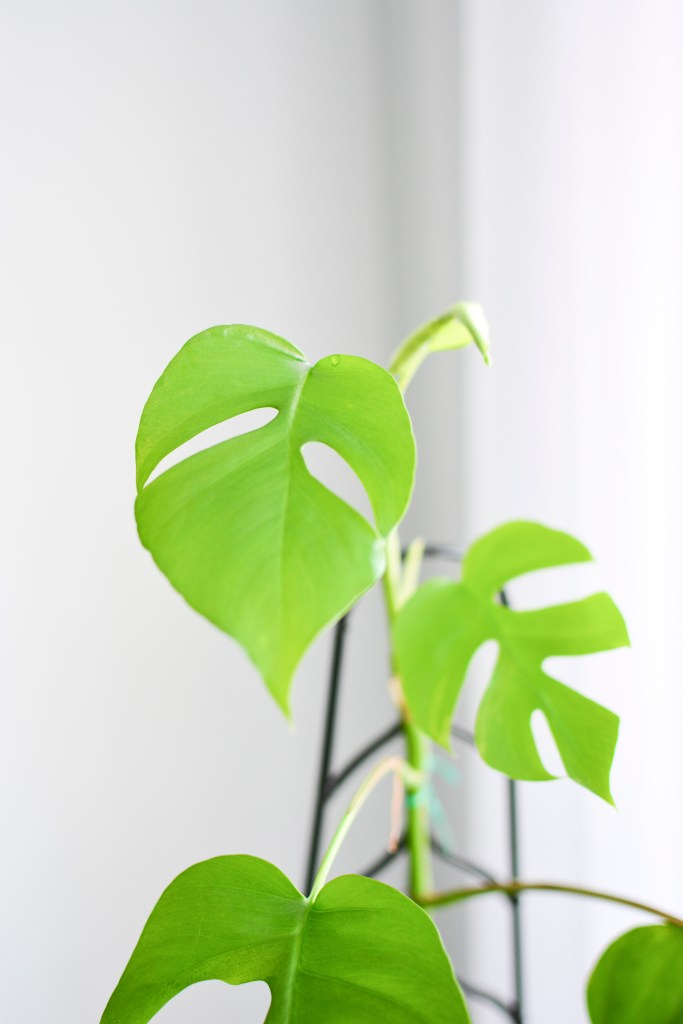




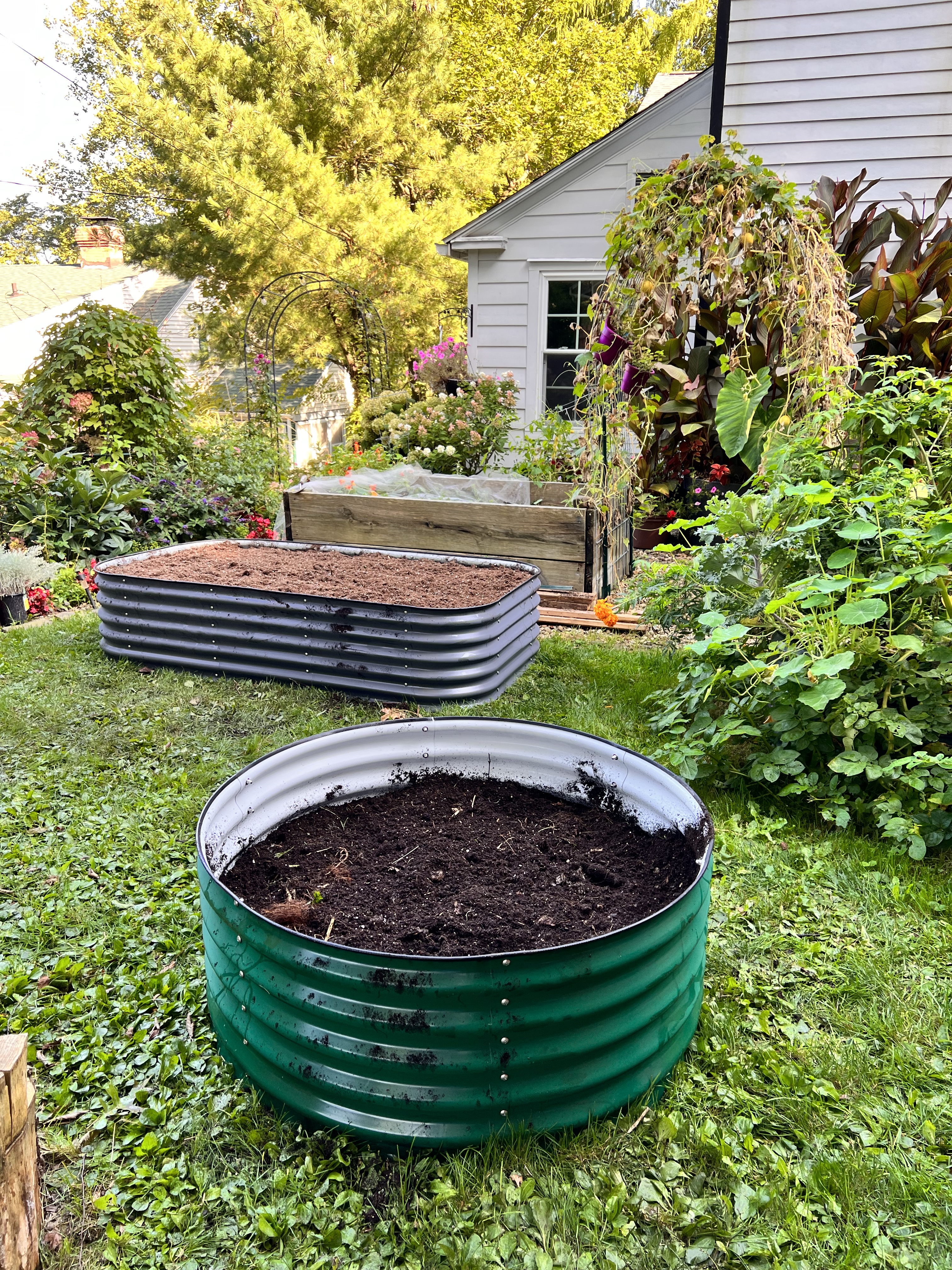




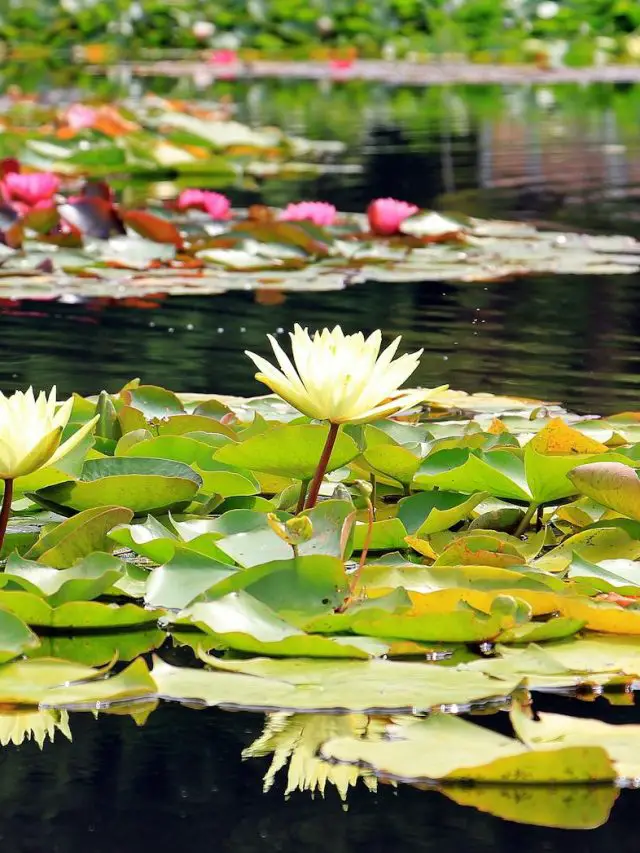
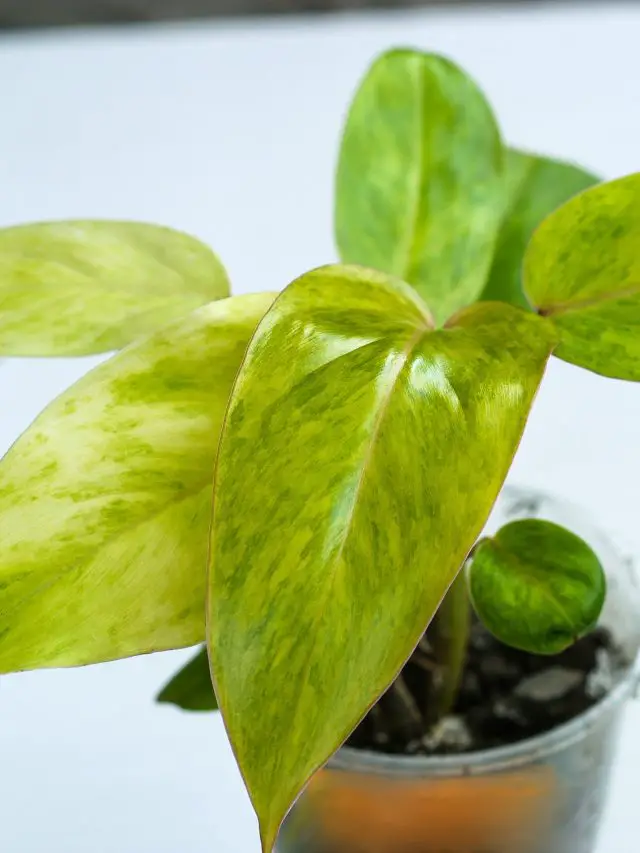

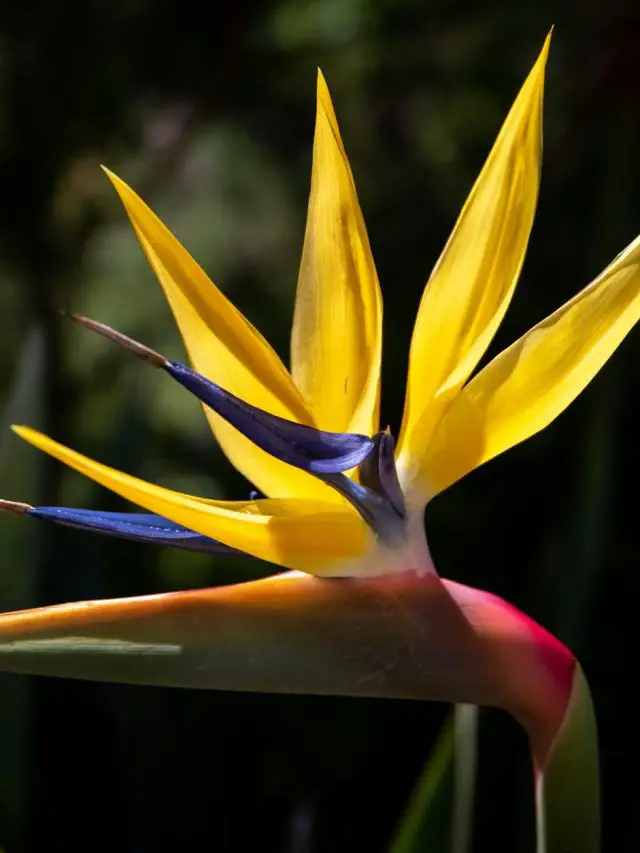
[…] https://thethriftedplanter.org/2022/02/10/how-to-grow-a-rhaphidophora-tetrasperma/ […]
Possibly if its not completely broken. I’ve seen people pretty much use a bandaid to heal broken stems but I have no experience doing that. Good Luck!
[…] Monstera […]